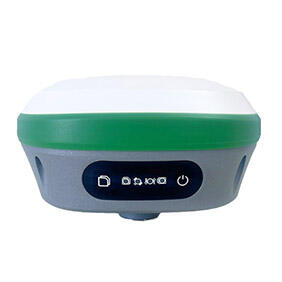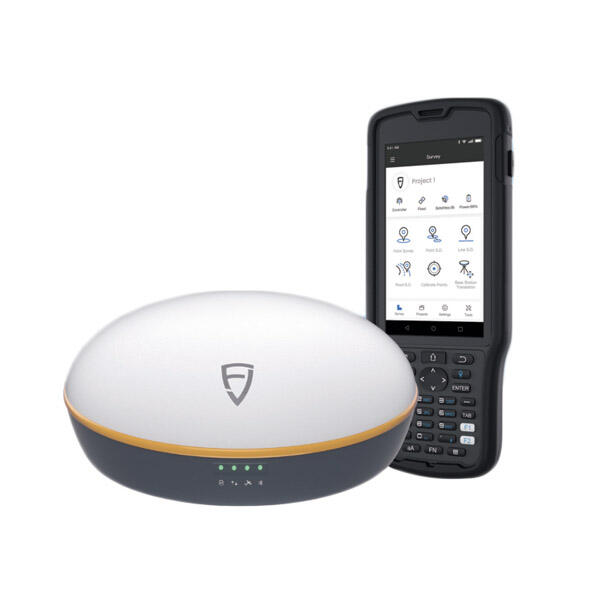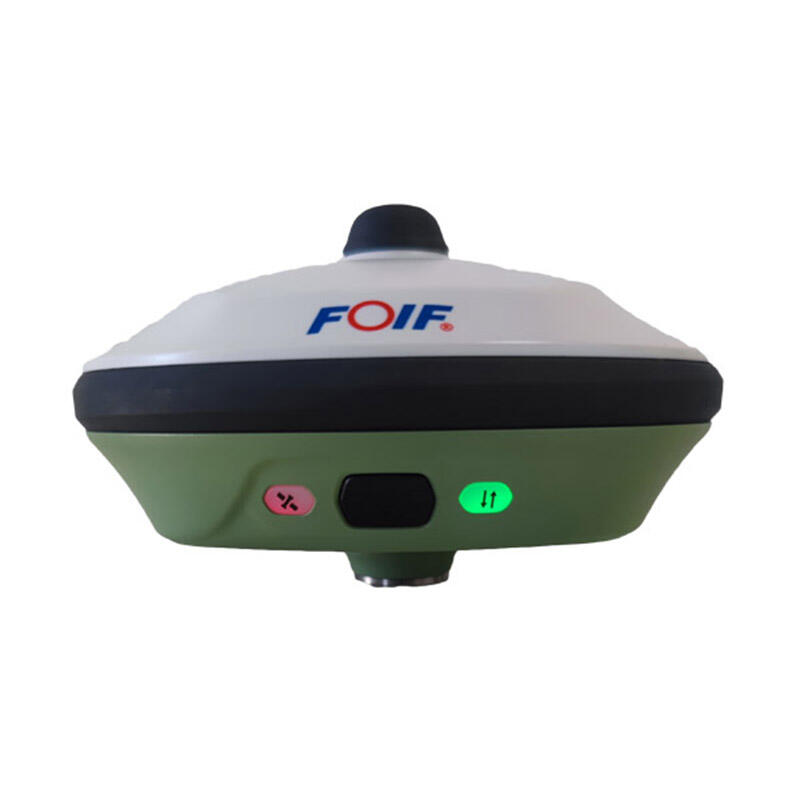handheld gnss receiver
A handheld GNSS receiver represents a revolutionary advancement in navigation technology, combining precision positioning capabilities with portable convenience. This sophisticated device utilizes signals from multiple satellite constellations including GPS, GLONASS, Galileo, and BeiDou to determine exact locations with remarkable accuracy. Modern handheld GNSS receivers feature high-sensitivity antennas, powerful processors, and intuitive user interfaces that make navigation accessible to both professionals and enthusiasts. These devices typically offer comprehensive mapping capabilities, waypoint management, track recording, and route planning functions. The technology incorporates real-time positioning updates, elevation data, and the ability to store multiple coordinate systems. Advanced models include additional features such as electronic compasses, barometric altimeters, and wireless connectivity for data transfer. The durability of these devices is noteworthy, with many models featuring rugged construction, water resistance, and long battery life suitable for extended outdoor use. Applications span across numerous fields, from recreational activities like hiking and geocaching to professional uses in surveying, forestry, agriculture, and emergency response operations. The integration of modern touchscreen displays and user-friendly software makes complex navigation tasks straightforward and efficient.


